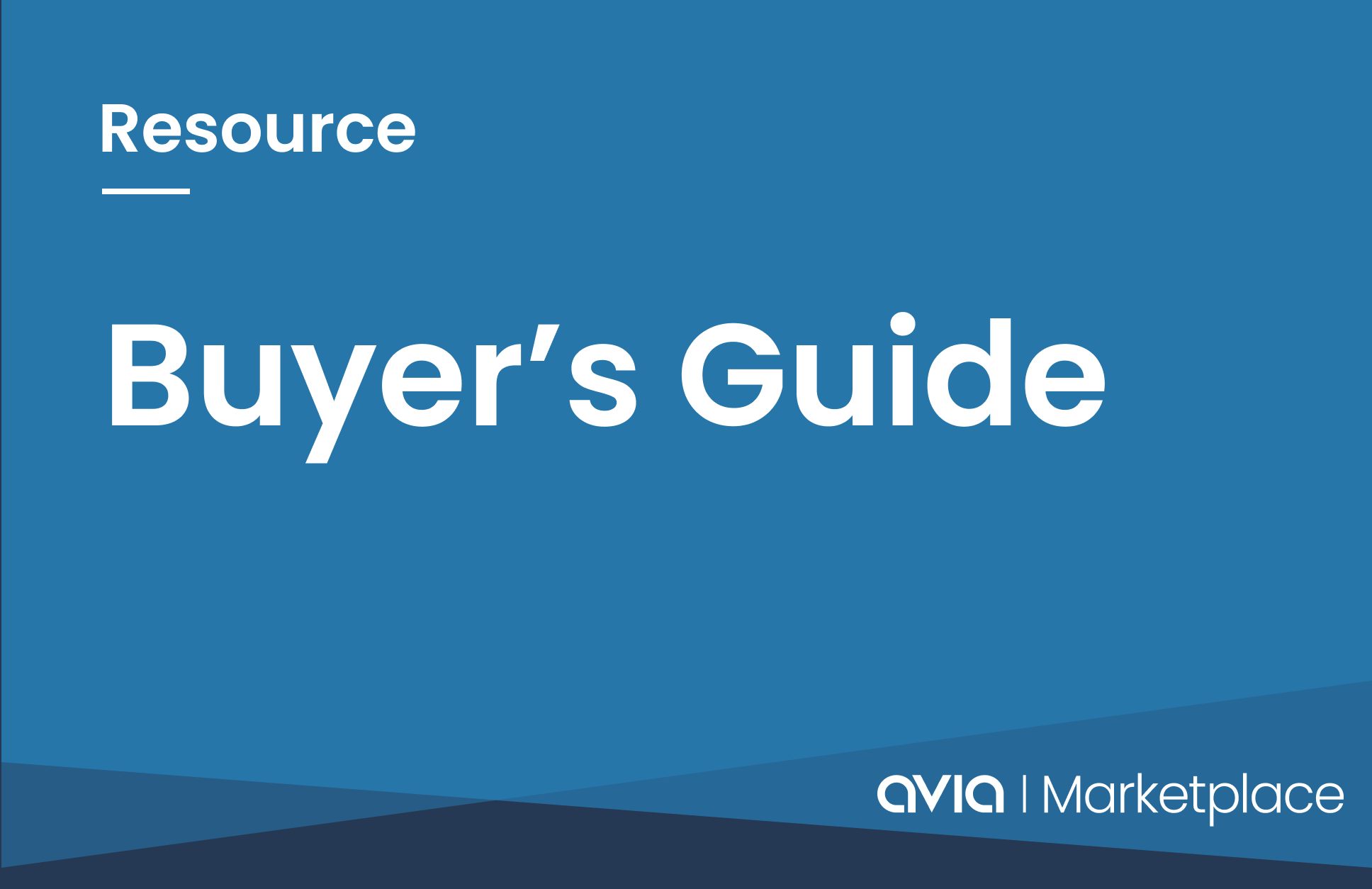Currently, we have identified 116 digital solutions in the RPM space, many of which integrate with leading systems like Epic, Cerner, Meditech, Allscripts, McKesson and others. Among these, 41 serve pediatric facilities, 68 offer a connected platform, and 43 are tailored for specific conditions. This means you can choose an RPM solution that meets the unique needs of your healthcare organization and patients.
What’s more, our verified client data for these solutions shows that over 586 health systems are already using RPM solutions to provide remote care to their patients. This demonstrates the growing acceptance of this technology among healthcare providers as a means of improving patient outcomes and reducing healthcare costs.
To help you navigate the rapidly evolving landscape of RPM solutions, we’ve created a comprehensive report of the Top 50 Remote Patient Monitoring Companies. You can access this report to evaluate different RPM solutions and find one that fits your healthcare organization’s needs.
Dive into our extensive selection of remote patient monitoring tools, solutions, and software, designed to support hospitals and healthcare systems in providing efficient and personalized telehealth services. Remote patient monitoring (RPM) technology enables healthcare professionals to seamlessly track, analyze, and manage patients’ health data outside traditional clinical environments. As telehealth continues to gain prominence, our AVIA Marketplace offers a variety of remote patient monitoring solutions, with a focus on optimizing patient outcomes, reducing hospital readmissions, and boosting patient satisfaction.
Explore a wide range of remote patient monitoring software, tools, and products tailored to diverse needs, such as chronic disease management, post-surgical care, and elderly care. Our curated list features leading remote patient monitoring companies offering cutting-edge wearable devices, sensor technology, and data analytics, integrated with secure, user-friendly platforms to enhance patient-provider communication. Detailed information on features, pricing, and testimonials for each solution is provided to assist healthcare executives in selecting the most suitable RPM tools for their organizations. Browse our comprehensive collection and stay at the forefront of the rapidly evolving digital health landscape.








